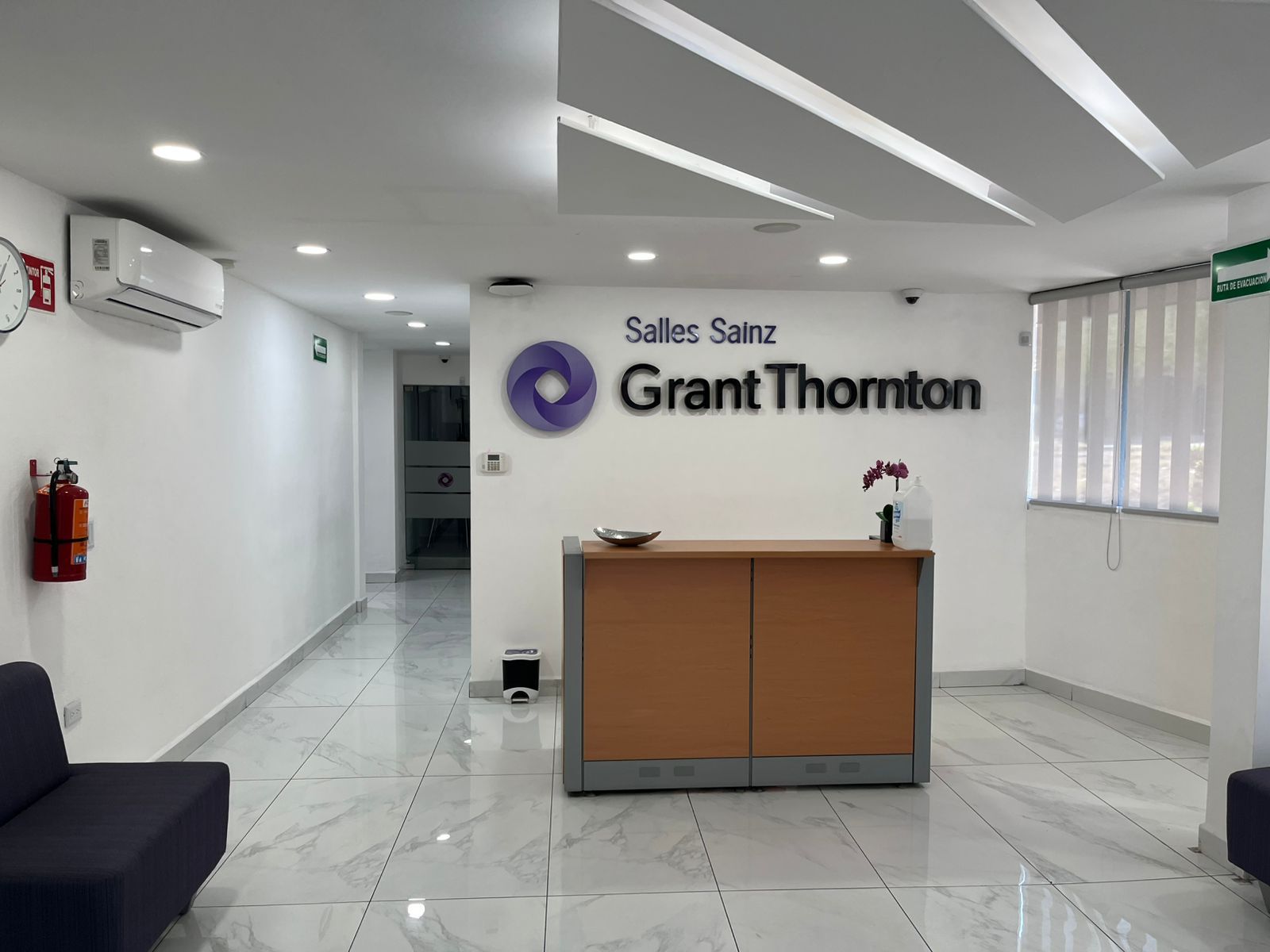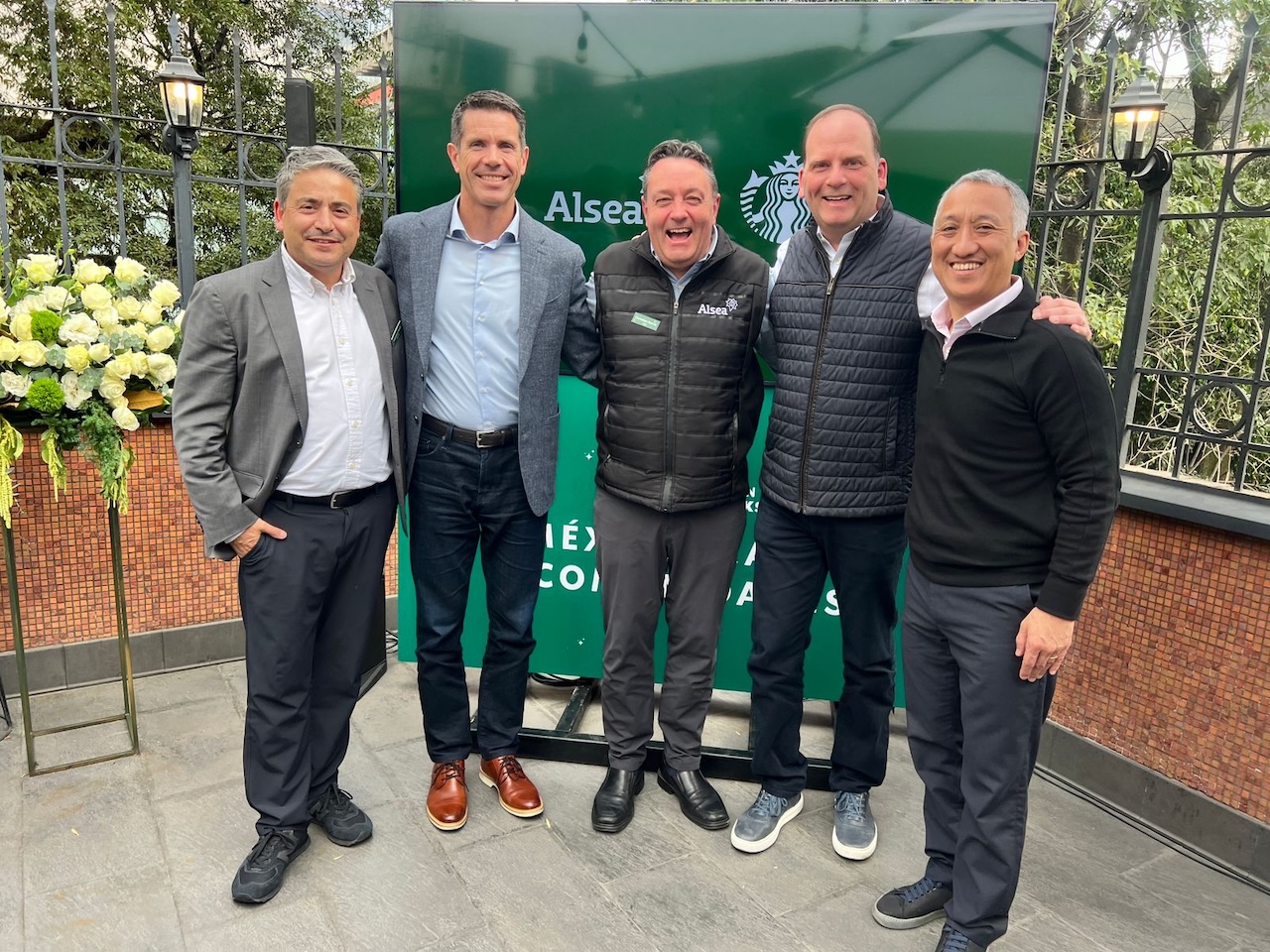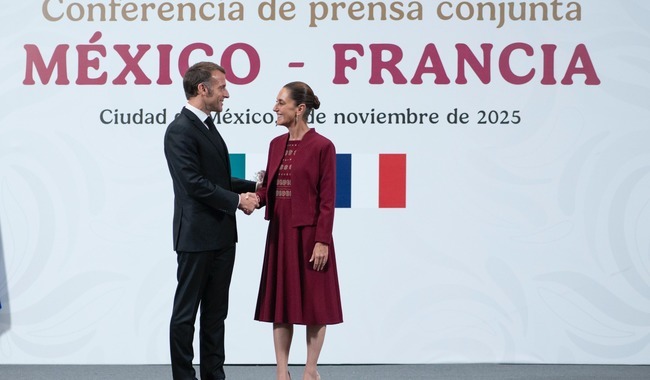Ai for Good 2025: Chronicle of a Summit where Ai Decided to Serve the World

AI for Good 2025: Chronicle of a Summit Where AI Decided to Serve the World
**For four days in July, Geneva became a living laboratory of ideas, robots, and uncomfortable conversations about the future we are programming.**The Big Conversation The Secretary-General of the ITU, Doreen Bogdan‑Martin, launched the phrase that set the tone of the meeting: “The risk is not that AI will exterminate humanity, but that we will implement it without understanding its consequences.”. The audience fell silent and then erupted in questions: How do we regulate something that evolves faster than our laws? What do we do with the energy footprint of data centers? Who is responsible when an autonomous model makes a mistake? Geneva was the ring where technologists, diplomats, and activists faced—with respectful gloves, yes—those unknowns.
The Goal That Hovered over Every Room
The official slogan was to advance reliable AI to accelerate the Sustainable Development Goals. Translation: connect those who already have working prototypes with those who move public or private budgets, to scale solutions that leave the laboratory and land in rural clinics, agricultural farms, or disaster management systems. / [caption id”attachment_433618” align”aligncenter” width”799”] Photo: ITU / Rowan Farrel[/caption]
Topics That Ignited Passions (and Debates)
Health: from Intelligent Classification to Traditional Medicine
The WHO and its partners presented a preview of the technical report on AI in traditional medicine. In parallel, we saw classification algorithms that, between ambulances and field hospitals, are reducing critical minutes in emergencies. We even heard demos of models that estimate glucose levels just from your voice.
Governance and Standards, the Missing Piece
A fact that was frightening: 85% of countries still do not have a national AI strategy. To fill that gap, the ITU launched the International AI Standards Exchange Database, a GPS to avoid getting lost among ISO, IEC, IEEE, and ITU‑T. If you are a startup or regulator, there you will find the rules that others have already tested.
Ai Talent and Culture
The consensus was clear: the gap is not of chips, but of trained people. There was talk of massive reskilling, hybrid bootcamps, and an “AI driving license” for public officials. The formula: learning by doing, from primary school to boardrooms and the largest business and government meetings.
Climate and Gender Data
Drones with environmental DNA to monitor biodiversity, models that optimize agricultural subsidies, and a track dedicated to funding gender data reminded us that without equity and sustainability, AI is just superficial shine.
Augmented Creativity
Between a film festival, a neural art gallery, and the Canvas of the Future competition, it became clear that AI is already a co-author of our cultural narrative. What is vibrant: artists and algorithms sharing credits. [caption id”attachment_433622” align”aligncenter” width”799”] Photo: ITU / Rowan Farrell[/caption]
What’s Coming, Future Innovation
- A flying car seeking licensing on short urban routes.
- A water quality monitor inspired by fish that warns before contamination arrives.
- Non-invasive brain-computer interfaces capable of detecting fatigue or giving voice to patients with locked-in syndrome.
- A smart cane that, with computer vision, aims to be a scalable alternative to guide dogs.
- Prototypes of self-sanitizing toilets and robots for orchards that fertilize plant by plant.
My Strategic Takeaway
From Curiosity to Integration: the era of “small pilots” is beginning to come to an end (and in my experience, most companies in Mexico have not even started yet); it is time to incorporate
“Our race is not against machines, but against inequality.”. Let’s put AI to work for everyone, before it’s too late. Geneva reminded us that AI is not a promise, it is the present. And the future, honestly, depends on what we do in the next twelve months.
More Articles

How Many Electric Vehicles Have Been Sold in Nuevo León?
Nov 21, 2025

Upcoming Changes in Subscription Cancellation for Platforms Like Netflix, Spotify, and Others
Nov 19, 2025

Mexico Imposes New Sugar Tariff: How Does It Impact the Economy?
Nov 11, 2025

Salles Sainz Grant Thornton: Strengthens its Presence in the North from Monterrey
Dec 1, 2025

This is Starbucks Mexico's Social Investment for Community Transformation
Dec 4, 2025

Mexico and France Agree to Strengthen Commercial Ties
Nov 9, 2025
